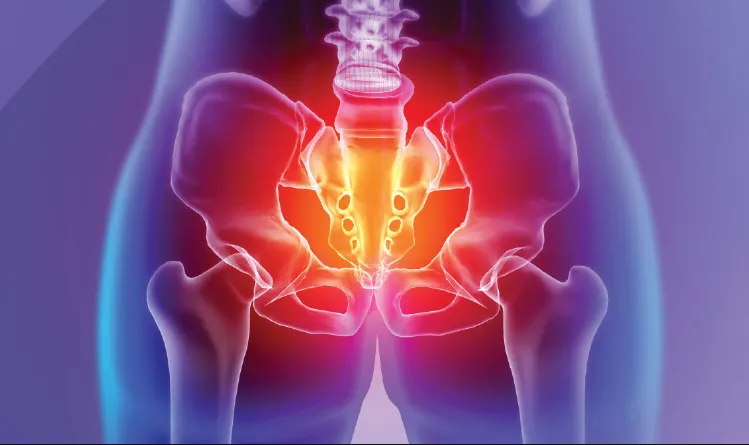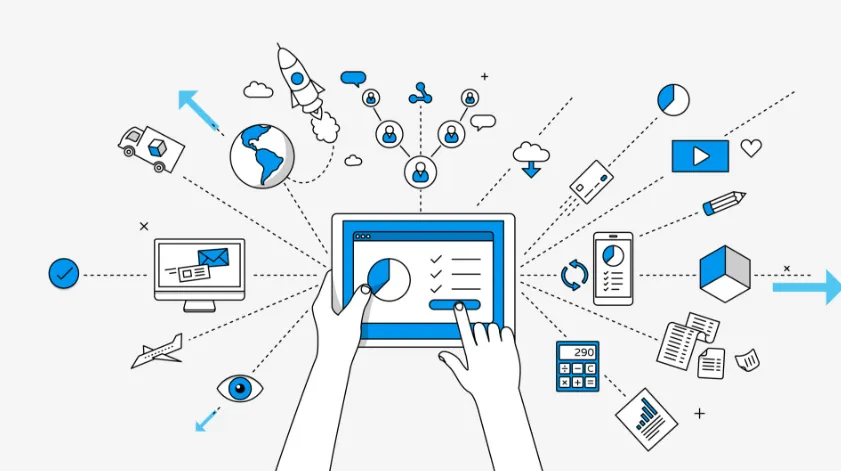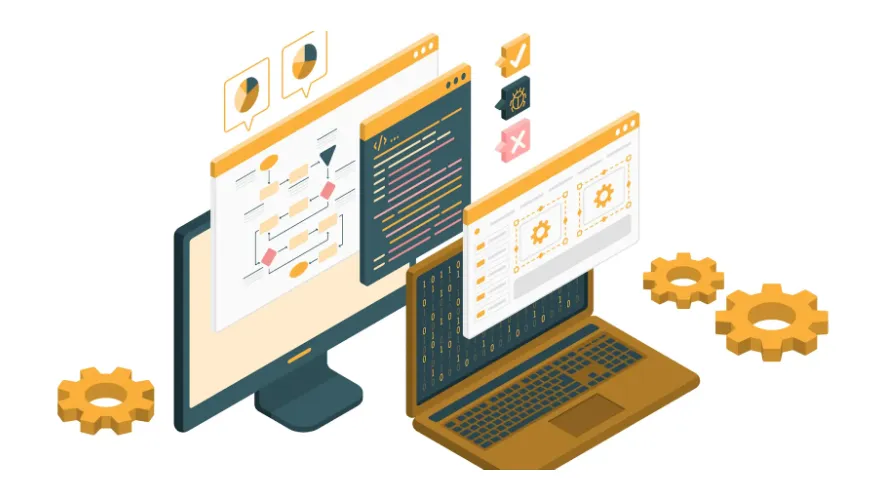Pelvic health is a vital aspect of overall wellness, and effectively managing pelvic pain can significantly improve your quality of life. Whether you’re dealing with chronic pelvic pain, menstrual cramps, or post-surgical discomfort, a variety of strategies can offer relief. This guide provides a detailed look at various methods to manage and alleviate pelvic pain.
Contents
Understanding Pelvic Pain
Pelvic pain can arise from numerous conditions, including endometriosis, pelvic inflammatory disease (PID), fibroids, interstitial cystitis, and stress-related issues. It can affect individuals across all demographics. Proper diagnosis is crucial for effective treatment. Consulting a healthcare provider to identify the root cause of your pain is essential for crafting a targeted management plan. For more information and resources on managing pelvic pain, visit pelvicrelief.co.uk.
Lifestyle Adjustments for Pain Relief
Diet and Nutrition
Adjusting your diet can significantly impact pelvic pain. Incorporating anti-inflammatory foods—such as fruits, vegetables, and omega-3-rich fish—can help reduce inflammation and ease discomfort. Avoiding processed foods, excessive caffeine, and alcohol may prevent pain from worsening. Staying hydrated is also crucial, as dehydration can exacerbate pain symptoms.
Exercise and Physical Activity
Regular exercise can alleviate pelvic pain by enhancing blood circulation and reducing muscle tension. Low-impact activities like walking, swimming, and yoga are particularly beneficial. Pelvic floor exercises, including Kegels, can strengthen the muscles surrounding the pelvis, improving overall comfort and function.
Medical Treatments
Medications
For mild to moderate pelvic pain, over-the-counter pain relievers like ibuprofen or acetaminophen can be quite effective. For more severe pain, your healthcare provider may recommend stronger medications, such as muscle relaxants or hormonal treatments. It’s important to consult with your healthcare professional before starting any new medication.
Physical Therapy
Pelvic physical therapy uses targeted exercises, manual techniques, and education about body mechanics to alleviate pain. A specialized physical therapist can create a customized treatment plan to address your specific needs, improving overall pelvic function and comfort.
Hormonal Treatments
For conditions such as endometriosis or polycystic ovary syndrome (PCOS), hormonal treatments—like birth control pills, hormone replacement therapy, or other medications—can assist in balancing hormonal fluctuations that lead to pain. Consulting with your healthcare provider will help determine the most suitable treatment plan for your specific needs.
Alternative Therapies
Acupuncture
Acupuncture, an ancient practice from Traditional Chinese Medicine, involves inserting fine needles into specific points on the body. This technique is believed to balance energy flow and relieve pain. Many people find acupuncture beneficial for managing chronic pelvic pain, though individual results may vary.
Chiropractic Care
Chiropractic care focuses on spinal adjustments and improving joint function, which may alleviate pelvic pain caused by musculoskeletal issues. Enhancing spinal alignment through chiropractic treatment can help reduce discomfort and support overall pelvic health.
Mind-Body Techniques
Mind-body practices, such as mindfulness meditation, cognitive-behavioral therapy (CBT), and relaxation exercises, can be effective in managing chronic pain. These techniques help reduce stress and improve pain perception, contributing to overall comfort and well-being.
When to Seek Professional Help
If your pelvic pain continues despite home treatments or becomes severe, it’s essential to seek professional medical advice. A thorough evaluation by a gynecologist, urologist, or pain specialist may be needed to diagnose underlying conditions and develop an effective treatment strategy.
Conclusion
Managing pelvic pain effectively requires a comprehensive approach that includes lifestyle changes, medical treatments, and alternative therapies. By exploring and integrating these strategies with the guidance of healthcare professionals, you can better manage pelvic pain and enhance your overall quality of life. Tailoring a multi-faceted approach to your specific needs will provide the best results in alleviating and managing pelvic discomfort.









